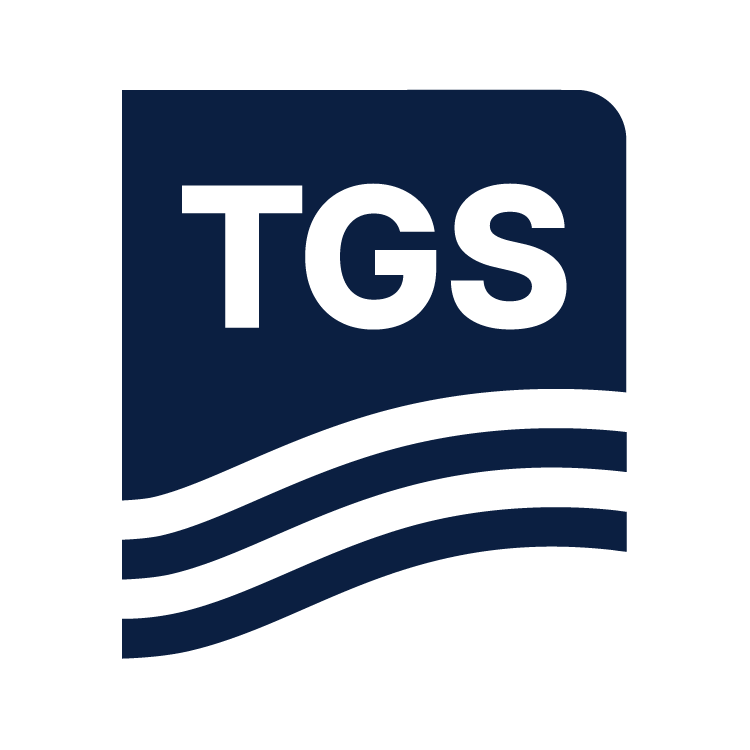Workshop 12
Faults and damage zones: impact on flow and mechanical behavior Monday, June 2ND | Room 8 (level 2)
Convenors
- Christopher Wibberley (TotalEnergies)
- Pascal Richard (PRgeology)
 Description
Description
Fluid flow and mechanical behavior in the sub-surface – both natural and anthropogenic – are fundamental issues for developing geological resources and safe operations. Concepts and understanding of these issues developed for geothermal energy and hydrocarbon production are becoming increasingly important for storage, and sustainable activities more generally in the energy transition. Whilst geological structure is recognised to be an important control on these behaviours, accounting for them in risking and project planning relies on predicting the distribution and quantitative properties of the geological heterogeneities impacting flow and deformation in the subsurface.
Faults and fracture damage zones are amongst the most influential geological heterogeneities controlling fluid flow and mechanical behaviour, yet predicting their properties from limited datasets – typically integration of seismic and borehole data with a large scale gap – remains problematic. Geological factors controlling this behaviour include tectonic context at the regional scale down to fault geometry, lithology and burial / stress history and diagenesis, but these need to be better understood and quantified.
Outcrop analogues provide important inspiration not only for filling the scale gap but also concepts for processes contributing to permeability enhancement and conduit behaviour versus reduction and barriers to flow. Improved seismic characterisation of faults and fracture systems, integrated with borehole data, provide valuable in-situ constraints on the geometry and spatial
distributions as well as dynamic behaviour. Both in-situ and analogue characterisation are required for numerical modelling of fluid flow and geomechanical behaviour which is needed to provide a predictive rationale for decision making during project sanction and planning.
This workshop explores the multi-scale characterisation of faults and damage zones, evidence and modelling of their influence on flow and mechanical behaviour through an increasing variety of applications in sustainable development and the energy transition.
Sub-Topics that will be covered in the workshop:
➢ Outcrop characterisation of faults and damage zones;
➢ Subsurface characterisation of faults and damage zones through integrated seismic and
borehole studies;
➢ Quantification of flow and mechanical properties of faults and their damage zones;
➢ Modelling the flow and mechanical behaviour of faults and damage zones;
➢ Case study applications from hydrocarbon production;
➢ Case study applications from storage;
➢ Case study applications from renewable energies.
Participant Profile
Geologists, geophysicists, geomechanicists and reservoir engineers interested in characterizing sub-surface geological structures and impact on fluid-flow and mechanical behavior.
Workshop Programme
| Time | Activity |
|---|---|
| 08:45 | Welcome & introduction – Chris Wibberley |
| 09:00 | The growth of fault damage zones and implications for fluid flow – Roger Soliva, Uni. Montpellier |
| 09:30 | Diagenesis and hydrothermal alteration in fault zones – impacts on reservoir quality in the Brazilian Pre-Salt – Rodrigo Correa, Petrobras |
| 10:00 | Coffee Break |
| 10:30 | Active and passive monitoring of injection-driven fault reactivation under pressure / stress cycling: relevance for underground energy storage – Milad Naderloo, Delft |
| 11:00 | Relationships between physiography, faults, microseismicity and pressurized fluids in an active epithermal system – Thibault Cavailhes, Uni. Bordeaux |
| 11:30 | Panel discussion 1: Fault damage zone structure, fluid migration and seismicity |
| 12:00 | Lunch Break |
| 13:15 | Faults, fluids and Fractures: Mitigating geomechanical risks in CCS and geothermal projects - Roberto Rizzo, Utrecht |
| 13:45 | Insights from fault damage zone models for containment integrity of faults in CCS projects – Kevin Bisdom, Shell |
| 14:15 | Fault zones: How complex do we need to model them? – Pascal Richard, PRgeology |
| 14:45 | Panel discussion 2 : Fault damage zone modelling of flow and mechanical behaviour |
| 15:30 | Wrap-up and end of workshop |








